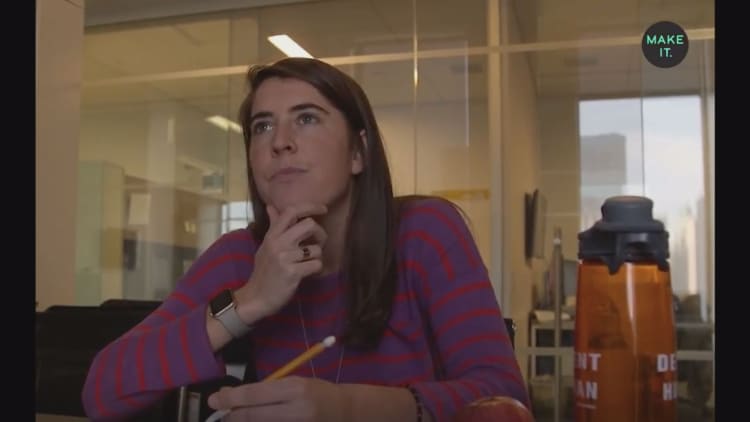Amazon's new grocery store, Amazon Go, opened to the public on Monday in Seattle. It looks and feels like a normal grocery store, minus one key component: the checkout.
Instead of swiping plastic or handing over cash, customers scan their Amazon Go app when they walk into the store, grab whatever they want and walk out. Their account is automatically charged when they leave.
Thanks to its "Just Walk Out" technology, Amazon Go offers customers a smooth, convenient experience. And as Jean Chatzky, financial editor of NBC's "Today Show," points out on Twitter, that's not always a good thing. An automated store could end up being bad for your wallet: "When you don't see the money leave your wallet and aren't even asked to swipe, it makes it too easy to spend."
How you pay matters. For example, researchers have found that paying with actual dollar bills is painful, because you're physically handing over your money and watching it disappear. That's why money experts recommend going cash only if you're looking to cut back: Using paper rather than plastic can help you save.
"Friction-free spending," by contrast, which means using a credit card or a mobile payment method like Apple Pay, encourages you to splurge.
"The less friction there is, the easier it becomes to spend," Richard Feinberg of Purdue University tells the New York Times. "Just stand at Starbucks and watch how many people there use their smartphones to buy a latte."
In the case of Amazon Go, as Chatzky mentions, you're not even asked to swipe. There's barely any friction, and while that can be great for your mood, it can be bad for your wallet.
Like this story? Like CNBC Make It on Facebook!
Don't miss: After 2 months on a 'cash diet,' here's what happened when I started using a credit card again



